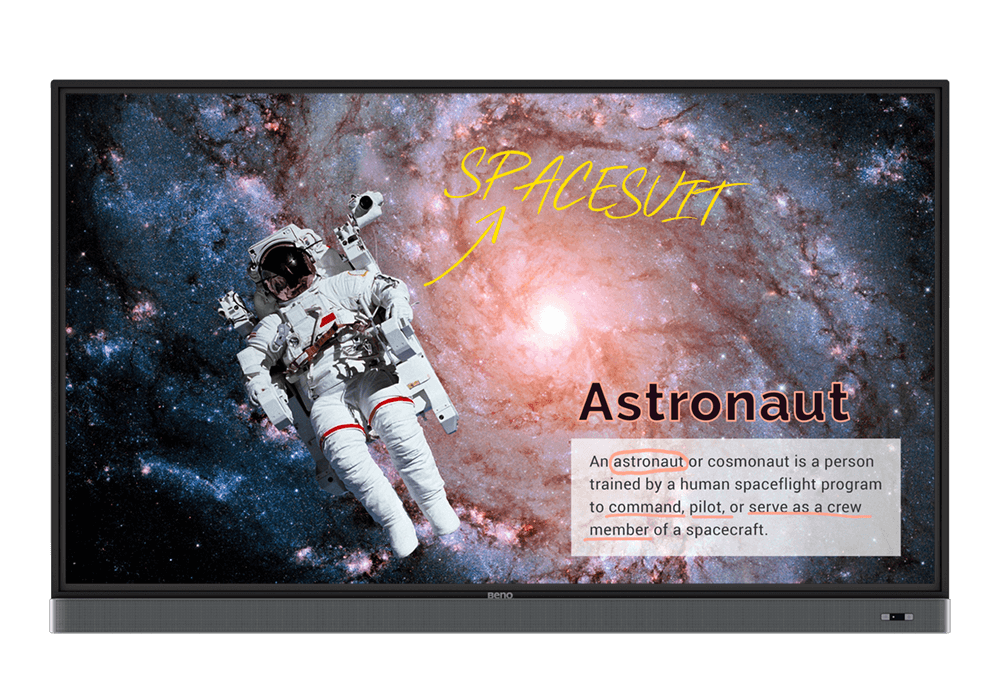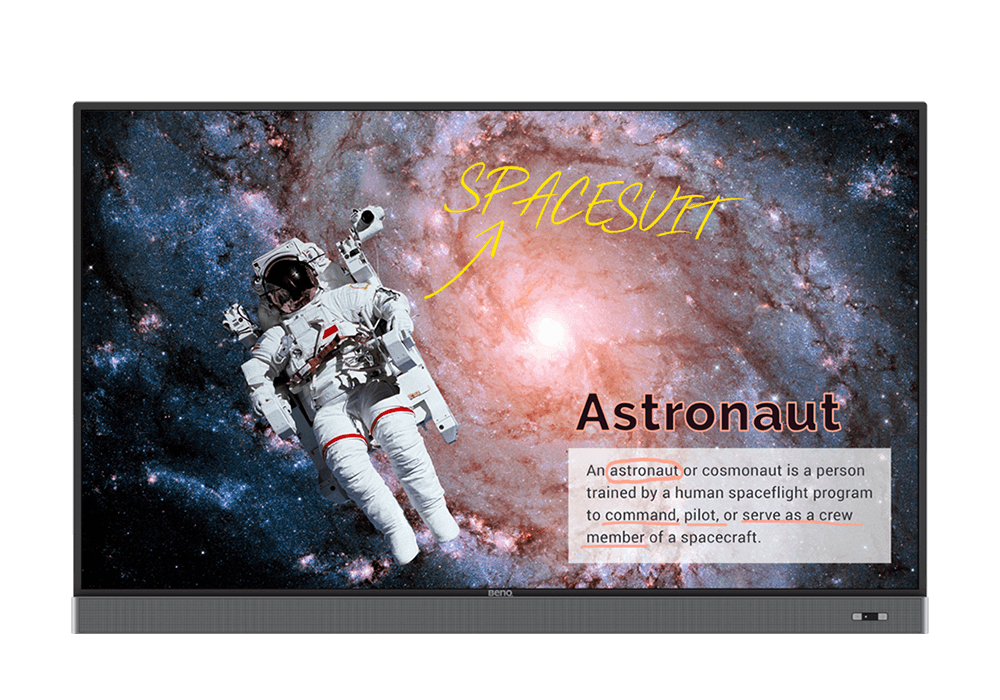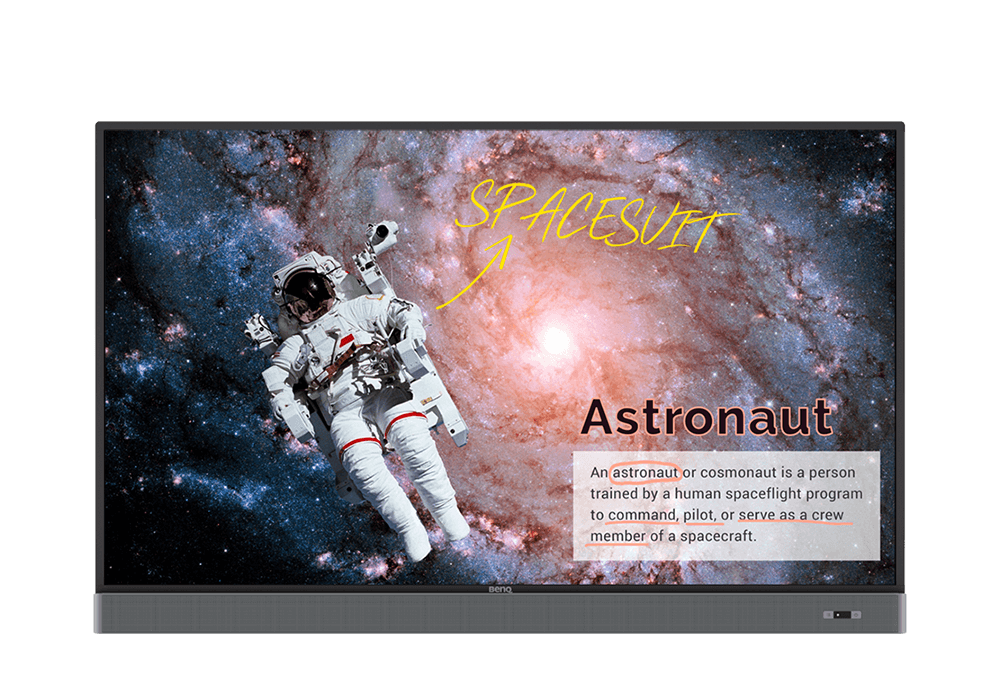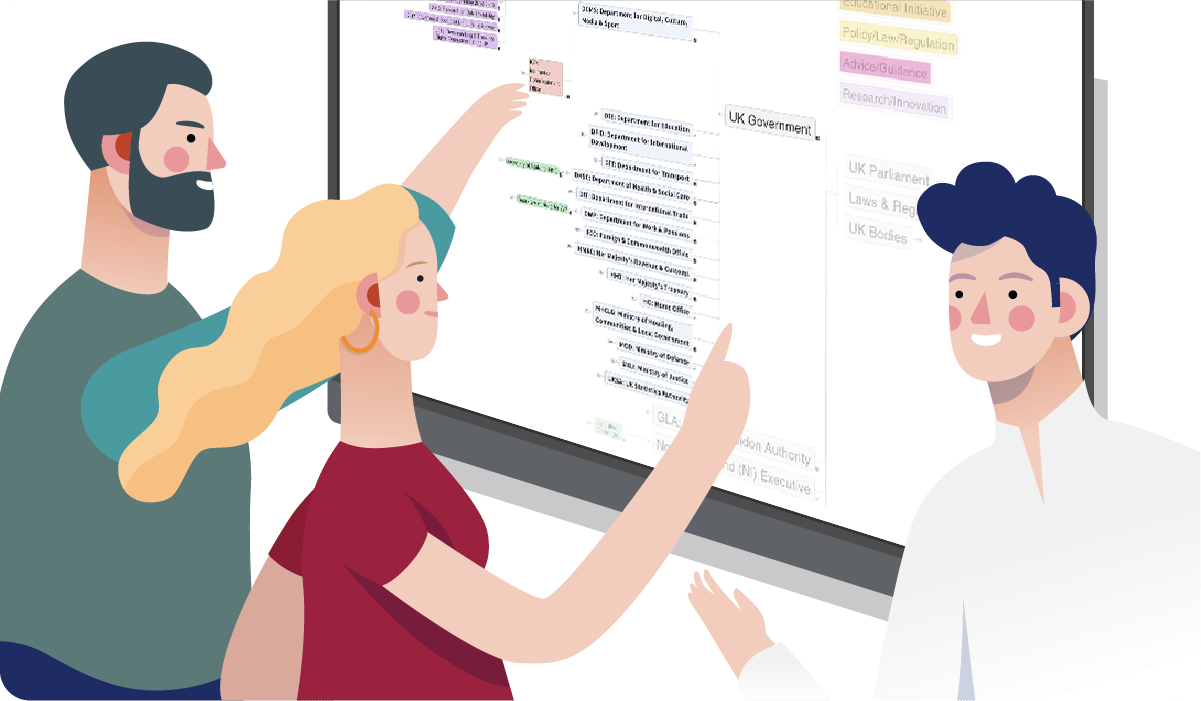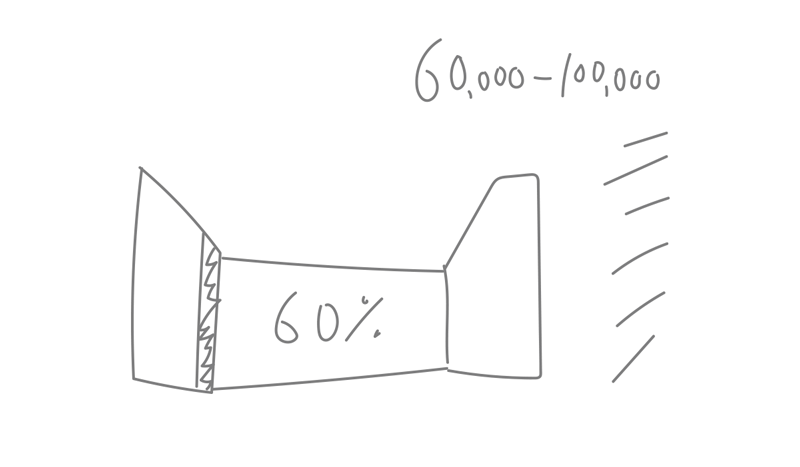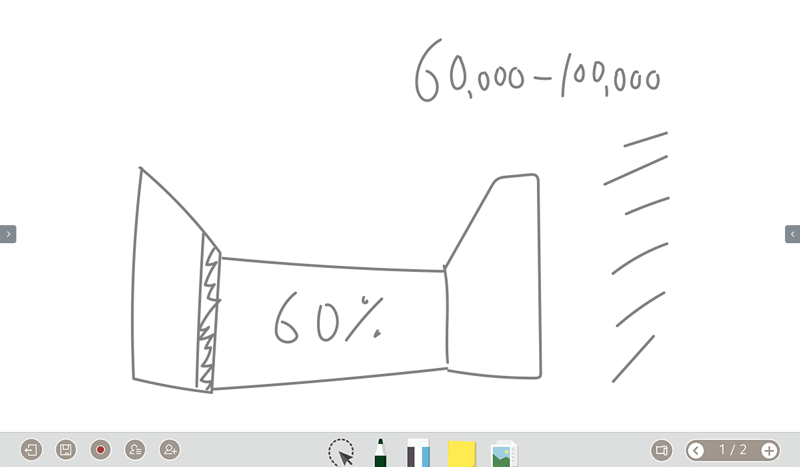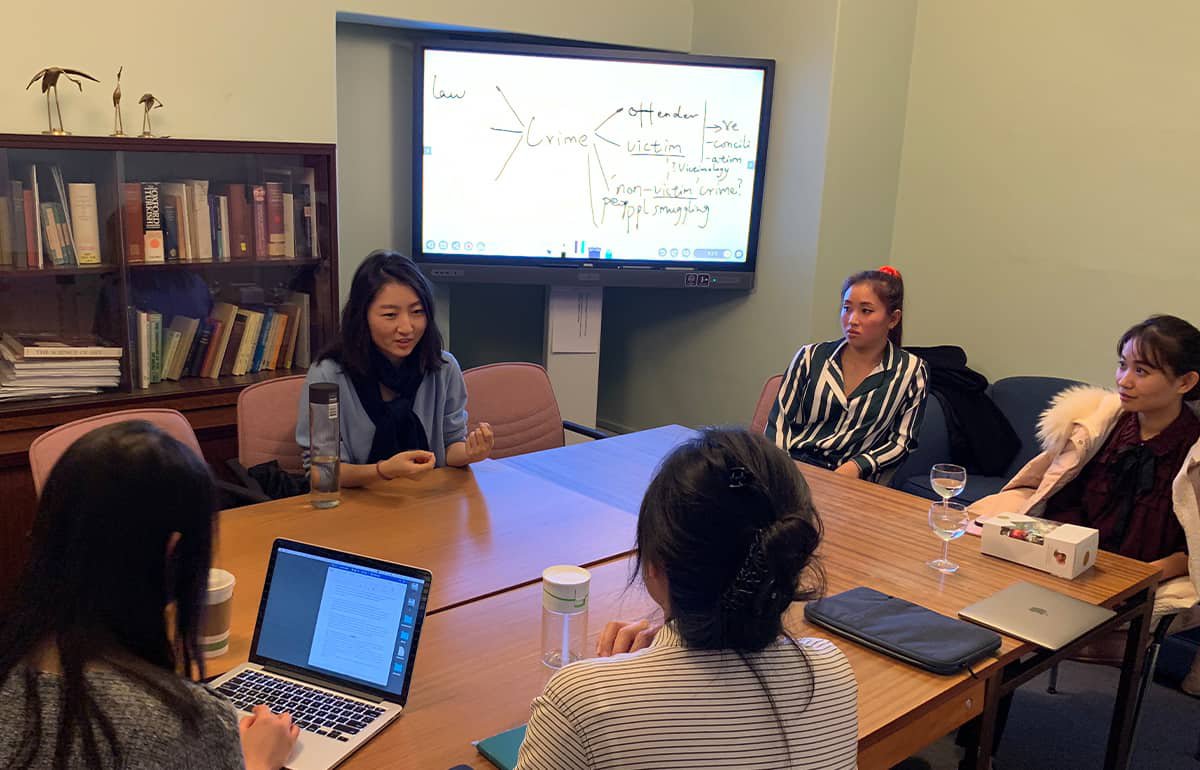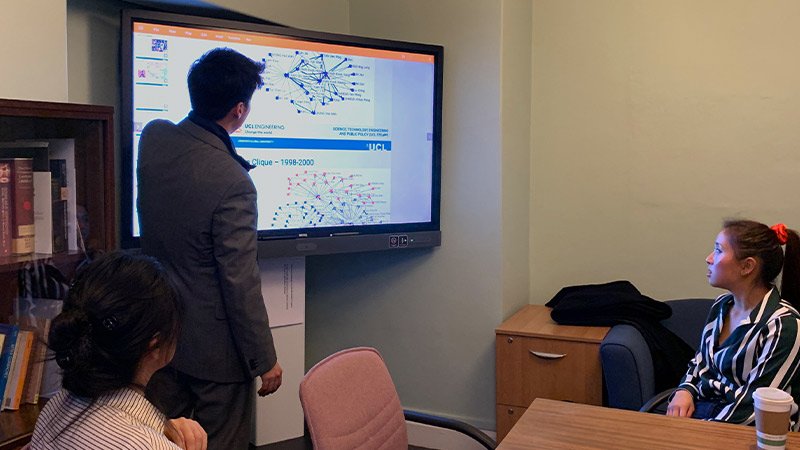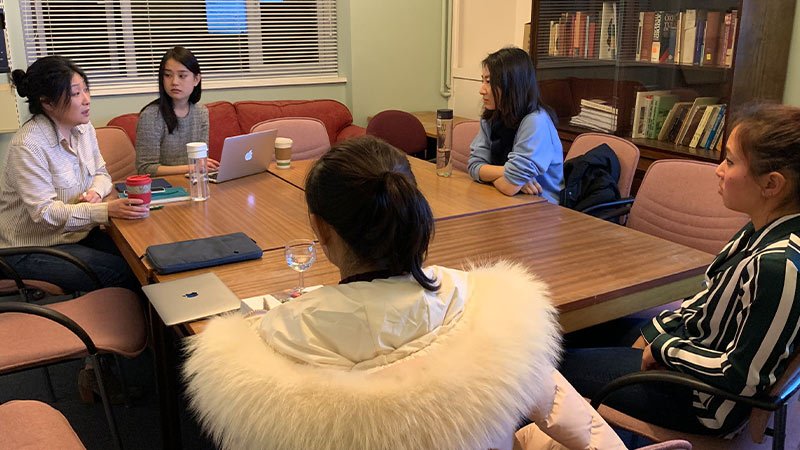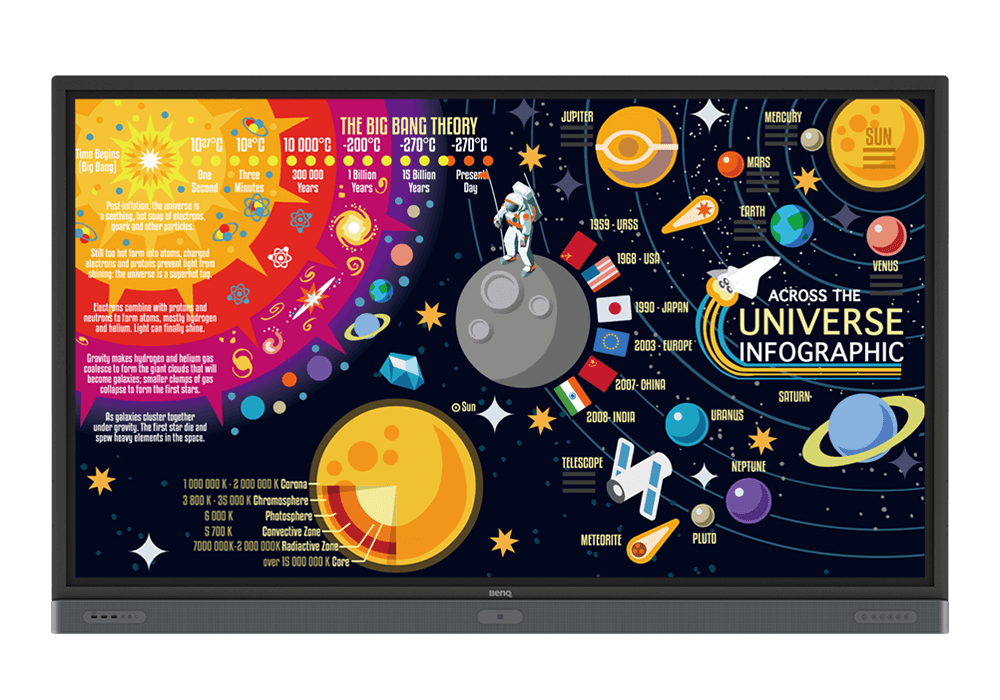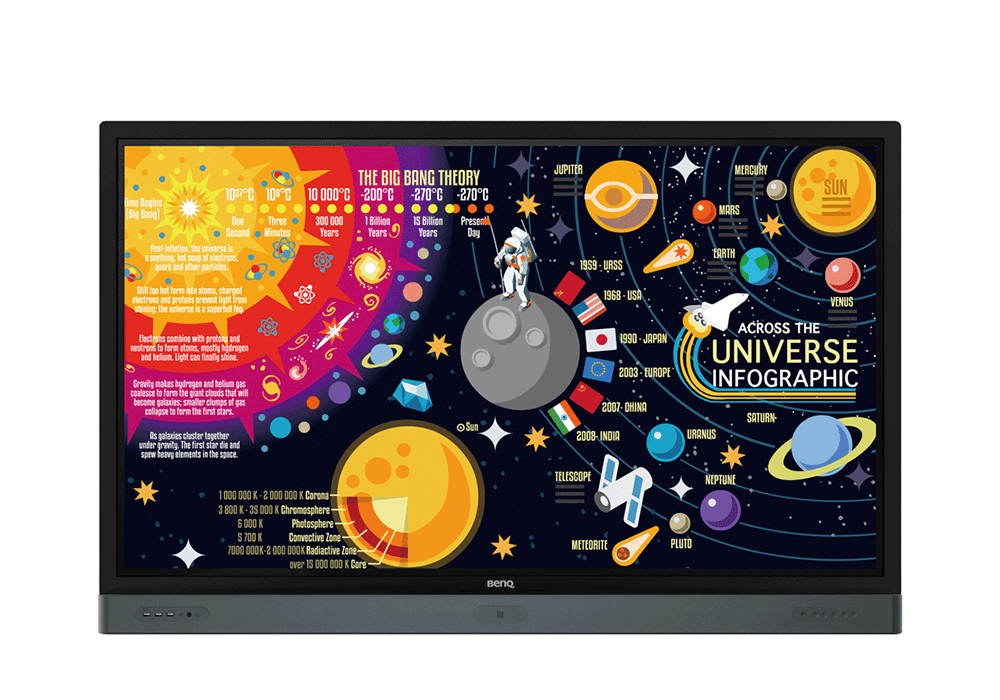
The 21st century skills gap
Industry 4.0 ushers in the prevalence of newer, smarter technologies that have greatly decreased the need for employees whose skills can be replicated by machines. Organizations are now more inclined to hire people with indispensable 21st century skills. Are universities today equipping their graduates with the right know-how?


Blended and active learning
Academia introduces several types of learning: synchronous, asynchronous, passive, and the like. But when it comes to instilling 21st century skills, blended and active learning come to the fore. What are they and why are they more effective? Assess if your curriculum is on par with other institutions that have adopted these approaches.

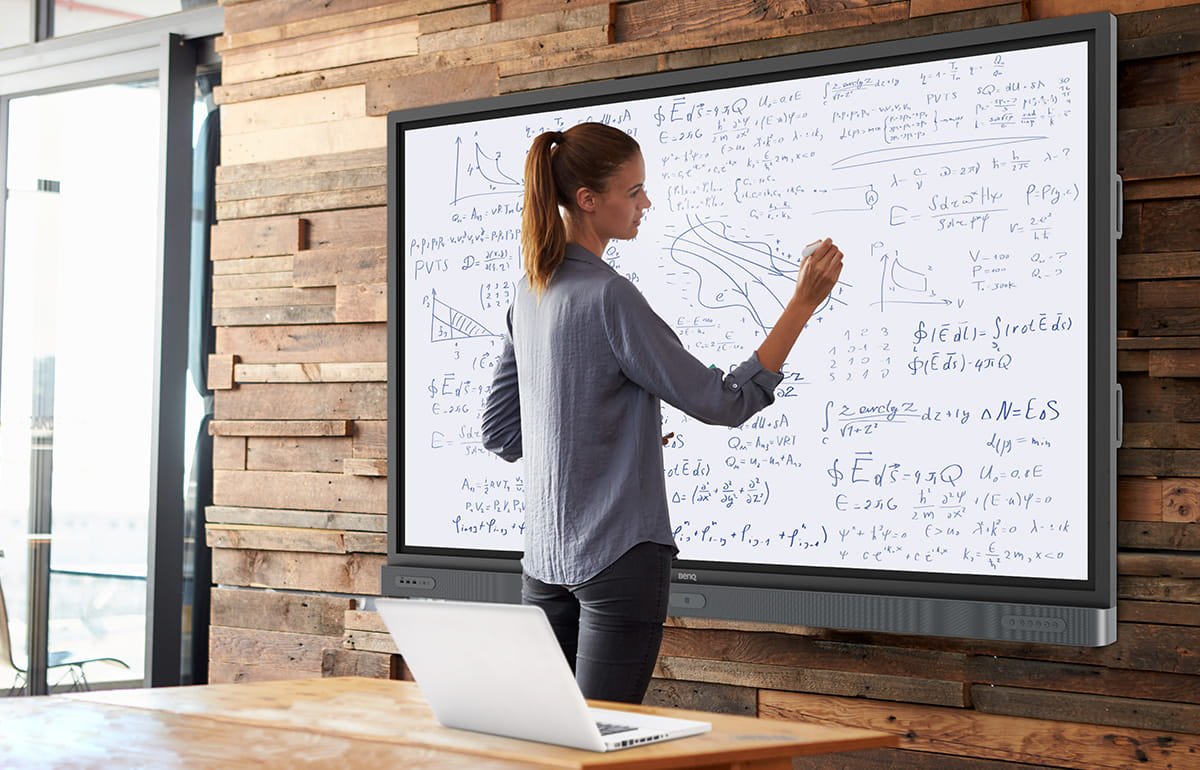
Technology-enhanced active learning
From slides to clickers to interactive projectors and displays, there are several available tools at a teacher’s disposal. Which ones are most effective? How can they be combined for the best classroom experience? Get an overview of today’s most commonly used classroom technologies and decide which ones best suit the needs of your class.


Application of active learning strategies
UCL’s Department of Science, Technology, Engineering and Public Policy (STEaPP) have come up with an active learning strategy toolkit with some practical activities that instill 21st century skills while taking full advantage of interactive technologies. See if these exercises are applicable to your classroom sessions.



Our interactive displays enrich your classroom sessions by helping students acquire 21st century skills while improving their learning experience. Learn how BenQ interactive displays can improve your current classroom setup. Contact our sales representatives for a demo or consultation.


